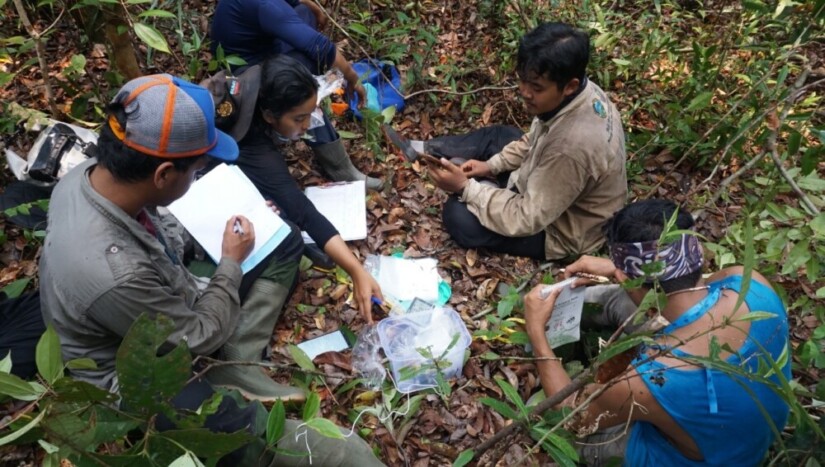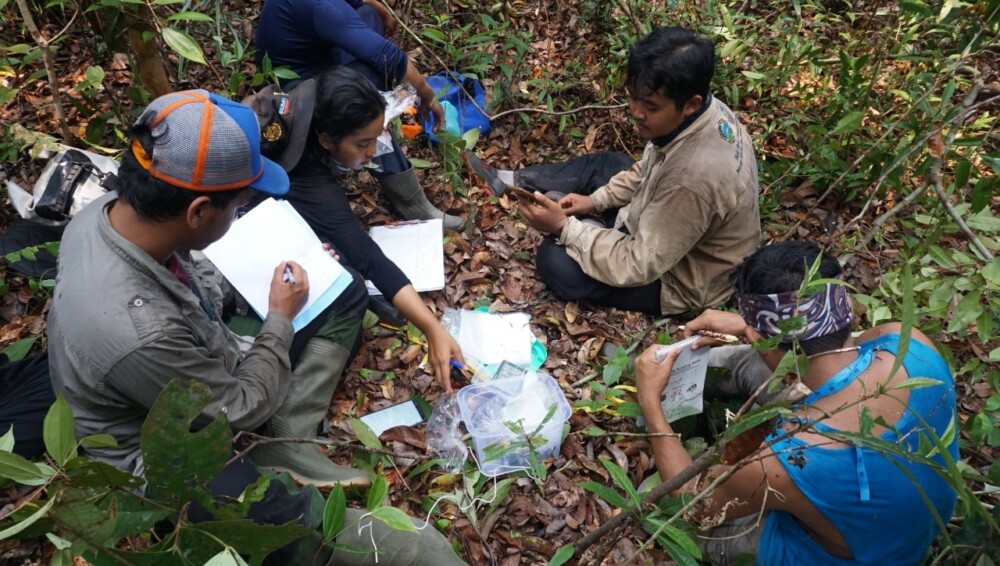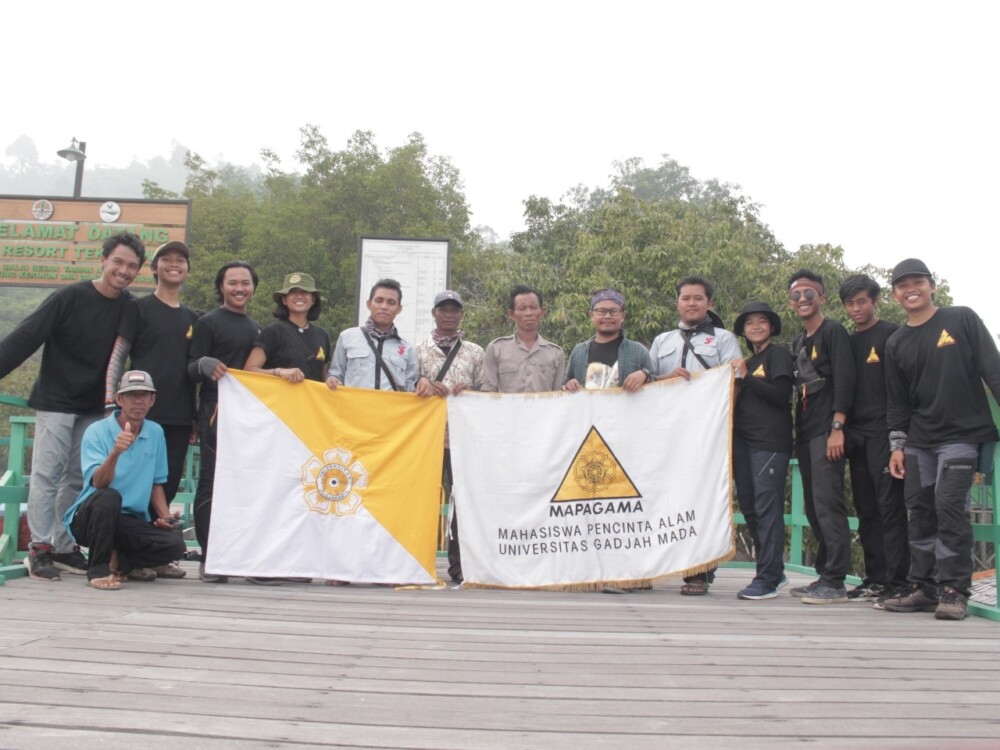The right method development including through genetic engineering is much required in order to improve plant productivity.
One of the new methods is through DNA modification in living beings or Clustered Regularly Interspaced Short Palindromic Repeats (CRISPR). The rise of genome editing has paved the way for plant breeding, especially with the CRISPR/Cas9 system. This method has drawn interests due to its easy applications.
A number of Indonesian and Japanese researchers have collaborated on the matter to work on several plants. Faculty of Biology UGM and Graduate School of Science and Graduate School of Bioagricultural Science, Nagoya University have teamed up in the research funded by Japan Society for Promoting Science-Bilateral Joint Research Program (JSPS-BJRP Kemenristekdikti) 2017-2019.
The researchers from UGM are Dr. Endang Semiarti, Dr. Aziz Purwantoro, Dr. Jaka Widada, Dini Astika Sari, M.Biotech, and Imam Bagus Nugroho, M.Sc., who collaborate with Prof. Shogo Matsumoto and Dr. Yasushi Yoshioka from Nagoya University Jepang.
“Genome editing can produce plants with new beneficial traits like fast flowering, disease resilience, etc,” said Endang Semiarti on Thursday (8/10) during the 3rd Workshop on Plant Genetic Engineering in Eastparc Hotel Yogyakarta from 8-9 October 2019. As many as 20 participants came from academics, researchers, industry, and students from across the country.
“The workshop is aimed at disseminating the research outcomes and increasing research capacity and skills of the Indonesian and Japanese human resources, particularly on plant genetic engineering,” she said.
In the collaborative research, Endang conducted genetic modification of dendrobium and phalaenopsis orchids with bacterial infiltration of Agrobacterium tumefaciens which has been inserted with CRISPR/Cas9 system to accelerate flowering.
Another researcher, Dini Astika Sari, applied CRISPR/Cas9 system in oil palm breeding to make it more pest resilient. Meanwhile, Shogo Matsumoto described the molecular mechanism of flower induction in plants. Yasushi Yoshioka described genome editing system with CRISPR/Cas9 technique in orchids. On the other hand, Aziz Purwantoro described plant breeding strategy in ornamental plants while Jaka Widada described sgRNA design strategy based on bioinformatic analysis. In addition, Imam Bagus Nugroho described confirmation of genome editing with sequence analysis.





